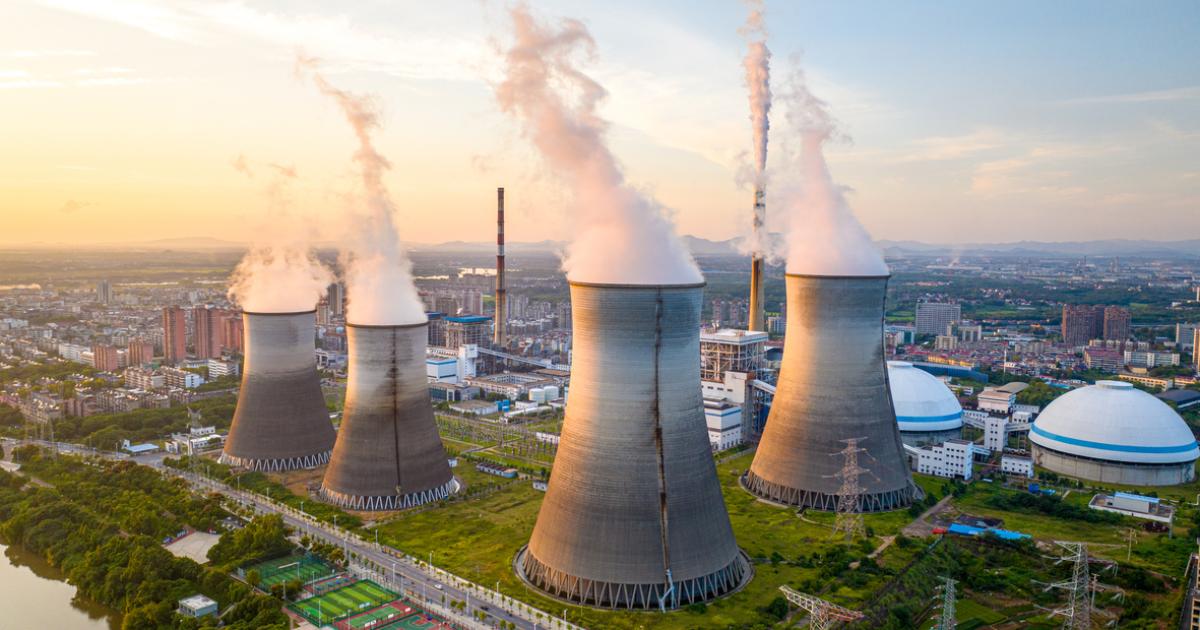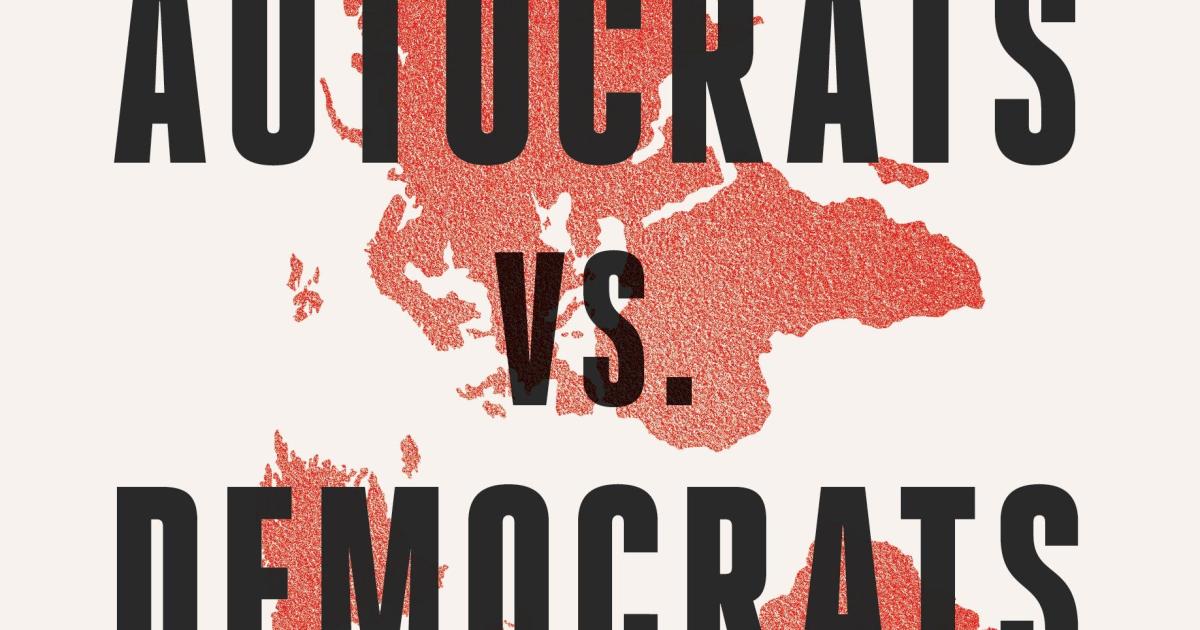Escalating Trade Tensions: What the 2024 US Election Means for Global Economics

The ongoing trade tensions between the United States and China are intensifying as the 2024 US presidential election approaches, raising questions about the future of economic relations between the two largest economies in the world. Recent developments indicate that China may escalate its retaliatory measures against the US, particularly targeting American companies, in response to tariffs imposed by President Donald Trump.
In a significant move, Beijing has already increased tariffs on US goods by a staggering 34 percent and has implemented a series of additional measures. These include export bans on critical materials classified as rare earth elements and an antitrust investigation into the Chinese subsidiary of the American chemical giant DuPont. These actions reflect a broader strategy by China to leverage its economic influence in the face of mounting pressure from US trade policies.
Unlike previous rounds of retaliatory actions that targeted specific categories of imports, China has opted for a more comprehensive approach this time, announcing a blanket tariff increase. This new tariff structure is set to become effective from April 10, coinciding with the commencement of America’s own “reciprocal” tariffs. Tu Xinquan, dean of the China Institute for WTO Studies at the University of International Business and Economics, remarked on the shift in strategy, noting, “The Chinese reaction to the first two tariff hikes was moderate and patient, but it became clear that patience was not proving beneficial.”
Amid the trade standoff, experts are weighing the implications of these developments. Cory Combs, associate director of the Beijing-based consultancy Trivium China, offered a tempered view, stating, “The current situation is indeed grim, but it is important to note that it could escalate even further. Beijing has deliberately left itself room to incrementally ramp up retaliation if the US or other nations take actions that threaten its economic interests.”
The export controls recently imposed by China are particularly noteworthy. These include seven new additions to an existing list of controlled materials, which now encompasses vital minerals such as antimony, gallium, and germanium. According to Combs, this represents the most significant imposition of mineral controls to date, with the potential for China to enforce these regulations even more strictly or initiate new investigations into foreign companies operating within its borders.
To mitigate the economic fallout from these trade tensions, Chinese officials have indicated a willingness to implement economic stimulus measures. They have signaled plans to cut borrowing costs and lower the cash reserve requirements for financial institutions. Furthermore, they have mentioned the “ample room” to expand the state’s fiscal deficit as part of efforts to stimulate consumption, particularly as China grapples with a sluggish economy and deflationary pressures.
The timing of Trump’s trade actions could not have been more challenging for China, which had been attempting to build bridges with the new administration. Beijing had even made the unusual gesture of sending Vice President Han Zheng to attend Trump’s inauguration in January in hopes of easing tensions. However, this diplomatic overture was swiftly overshadowed by the imposition of tariffs targeting China, which prompted the Chinese government to respond decisively.
The recent tariffs announced by Trump are expected to raise the average US levies on Chinese goods to 60 percent, as highlighted by an analysis from Goldman Sachs. This significant increase has already led to a global sell-off in stocks, amplifying concerns about the broader implications for international trade and economic stability.
China's response to these tariffs has been multifaceted. In a surprising twist, the Chinese government intervened to halt the sale of US TikTok operations by the Chinese social media company ByteDance to an American investor group, seeking to renegotiate the terms of the deal in light of the new tariff landscape. This situation underscores the complex interplay between trade policy and corporate interests.
Moreover, the latest export controls specifically target medium and heavy rare earth elements such as samarium, gadolinium, and terbium. These materials are essential for a wide range of technologies, from optical fibers to data storage and transmission systems. While the United States has relatively limited reliance on these materials, it is noteworthy that Chinese mines account for approximately 60 percent of global rare earth production and nearly 90 percent of the processing capacity, highlighting China’s strategic advantage in this sector.
Experts caution that the Ministry of Commerce, which oversees export approvals, could tighten screening measures for US companies seeking access to vital components and machinery. A Beijing-based intermediary who facilitates the export of Chinese goods reported delays in receiving approvals for items that require export licenses, suggesting a pattern of bureaucratic stagnation during times of geopolitical tension.
Additionally, Beijing may consider restricting foreign investments by Chinese companies in the US, potentially thwarting Trump’s efforts to revitalize America’s manufacturing industry. Chinese firms, including established players like BYD and Gotion, have invested significantly in US operations, but any future investments will likely require Beijing’s endorsement.
As tensions mount, experts have warned that retaliatory measures against US companies operating in China are highly probable. This follows recent anti-monopoly investigations into tech giants such as Google and Nvidia. Ben Kostrzewa, a sanctions attorney at Hogan Lovells, emphasized the heightened risks for US companies, stating that those complying with international sanctions under the Anti-Foreign Sanctions Law may face civil litigation in China. This law, enacted in 2021, had primarily targeted individuals but is now poised to impact corporations as well.
In light of these developments, it is evident that the trade relationship between the US and China is at a critical juncture. Both nations are navigating a complex landscape of economic interests, national security concerns, and political strategies, with the potential for substantial consequences in the realm of global trade and economic stability.
The ongoing situation presents an intricate web of challenges and opportunities which will undoubtedly shape the economic future of both countries and the global marketplace. In this context, Tu Xinquan aptly summarizes the current sentiment: “The Chinese reaction has already been very strong. There is no need to escalate further unless Trump increases tariffs or applies sanctions. If that occurs, the Chinese side will respond decisively. We have already lost hope in the US.”
Additional reporting for this article was provided by Ryan McMorrow in Beijing and Cheng Leng in Hong Kong.


























